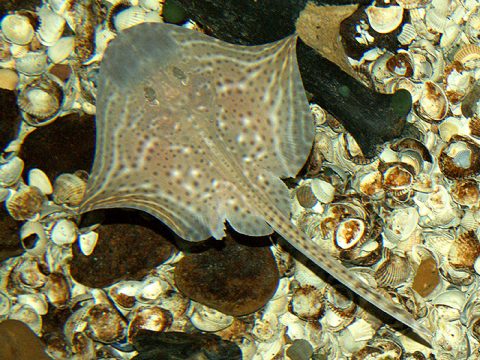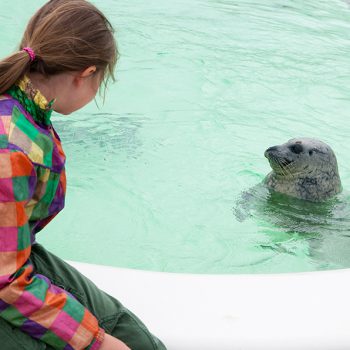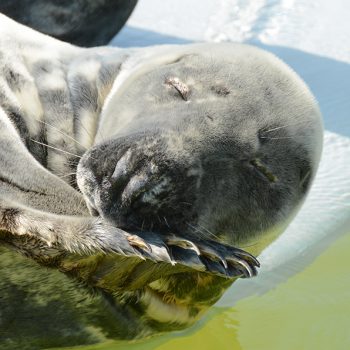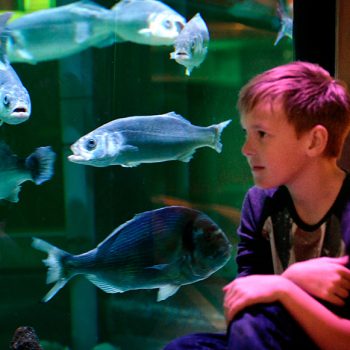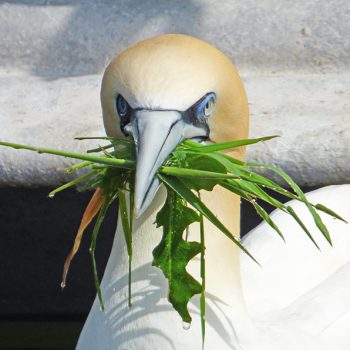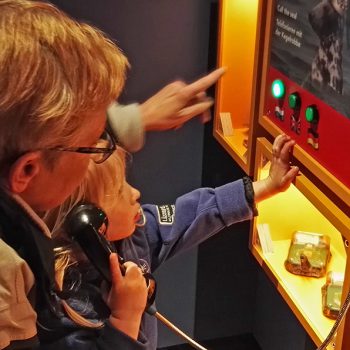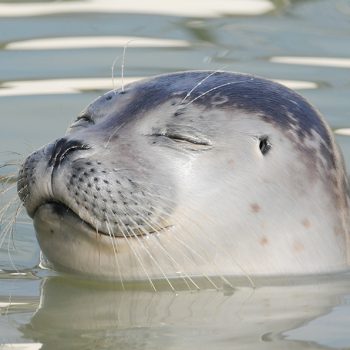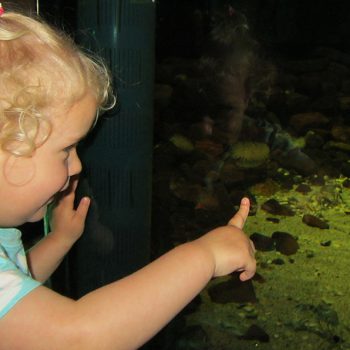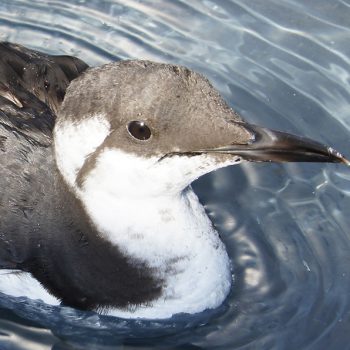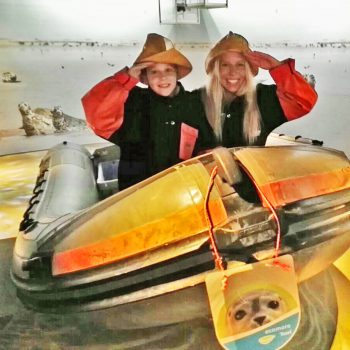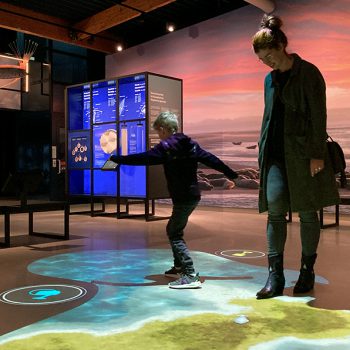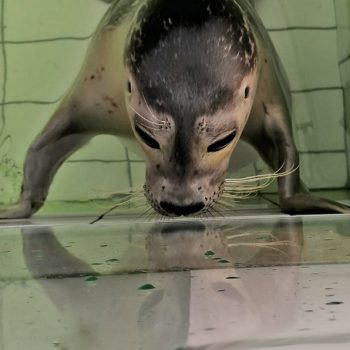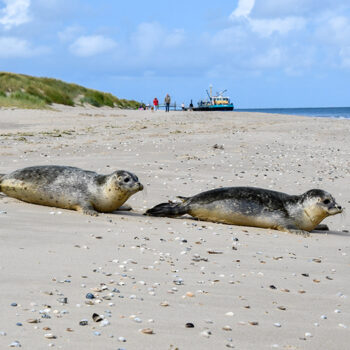Flatfish can camouflage themselves by imitating the color of the sea floor. They become sand-colored on sandy bottoms and patchy stone-colored on pebbly bottoms. You can hardly see them anymore. Flatfish begin their lives as normal swimming fish but get a flattened body within a couple of weeks. They are totally adapted to living on the sea floor. Even their eyes move to one side of their head. If you were to weigh all the fish in the southern North Sea, around one third of the total would be flatfish.
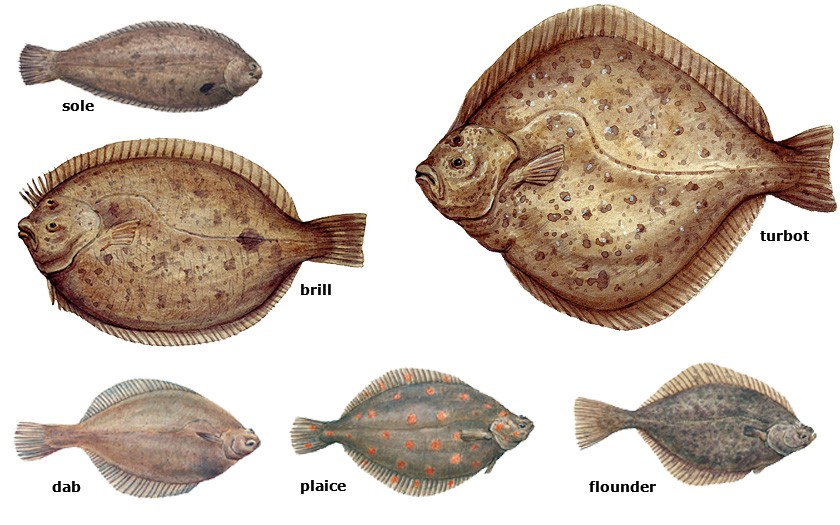
From round to flat(fish)
Flatfish are born as tiny round fish. They swim the first few weeks in the water column. They have eyes on each side of their body. After one or two weeks, they begin to change and move to the sea floor. The change begins with a displacement of the eye. It doesn’t take long for the eyes of the larvae to move away from their original position, making them look cross-eyed. By most flatfish, the left eye moves to the right side of the head. The entire skull is shifted in the process. Because the eyes are located on one side of the body, they are able to lie on their side on the sea floor and still use both eyes.
The skin color also changes; the side facing the bottom is lighter in color while the side facing up, where the eyes are is often darker. Its diet also changes during this metamorphosis. As a swimming larva, it first eats plankton. When lying on the bottom, they change into meat-eating predator fish. The gastrointestinal system must adapt to the new diet.
Wanted: nursery for flatfish
Many flatfish grow up in the Wadden Sea or close to the North Sea coast. The water there is warm, food is available and fewer predator fish are around. Plaice and sole are fish species which make use of this ‘nursery’. The fish hatch out of their eggs in deeper parts of the North Sea and migrate as larva to the coastal regions and the Wadden Sea.
However, fewer young plaice are found there nowadays. It’s not that plaice has disappeared from deeper parts of the North Sea; more are being found there in recent years. It seems as if the young plaice have found other places to grow up. Scientists think that this is related to the temperature of the seawater, which is slowly increasing. The young plaice probably find it too warm in the coastal water and the Wadden Sea and therefore choose the cooler, deeper water to spend their youth.
